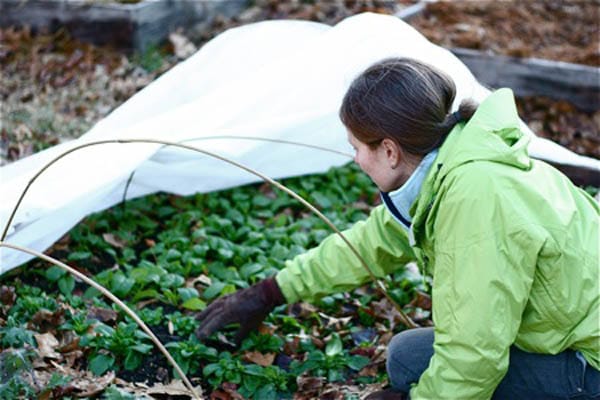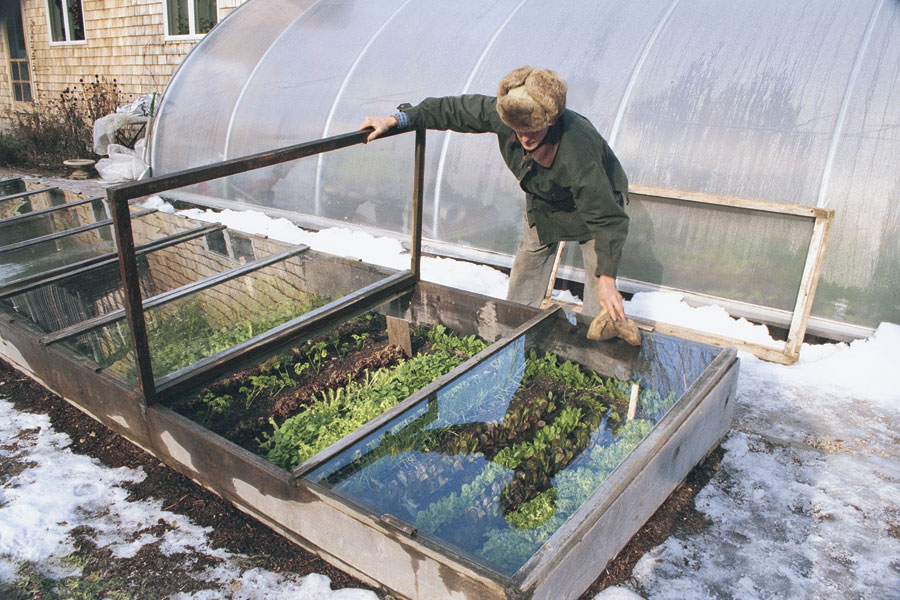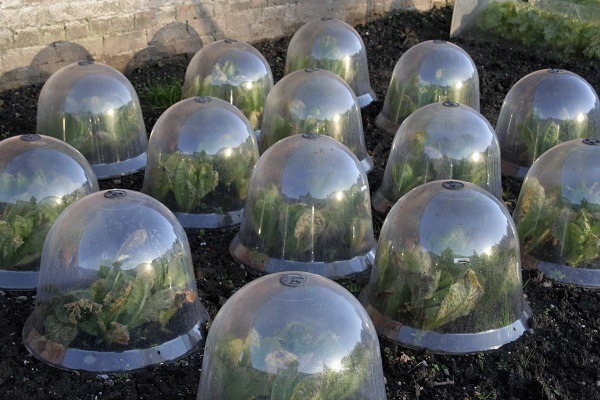
If you’re in the west or southwest and have a greenhouse, hot frame, and even a little dome shaped cloche fashioned out of a cut off soda bottle or gallon milk jug, you can then start seeds for planting cool season veggies and flowers. These seeds can be some of your non-GMO heirloom plants or from your favorite seed business. If you’re on the west coast, you’re in luck, and you understand it! You can plant fruit trees or seasonal shrubs without them struggling with the stress of severe heat or frost. Include some changes to your soil like garden compost and bone meal. Last but not least, water the ground to allow the soil to settle around the roots.
All winter season sturdy crops are at their sweetest when they are harvested throughout cold weather. Take a look around and hunt for kale, cabbage, lettuce, chard, carrots, or spinach. If you grow herbs like rosemary, lavender, oregano, or chives cut some to flavor your salads or soups.
Inside your house, herbs (parsley, chives, thyme, or oregano) can be begun or transplanted and grown near a window that gets a minimum of 4-6 hours of sun each day. You can likewise purchase a grow light to give the herbs 10+ hours daily. Plant them in an indoor pot with a basin or a few herbs can be planted in one long narrow box on your windowsill. Keep the soil moist however not too wet and allowing the soil to dry between watering.
Cut back ornamental yards and vines (specifically wisteria to 2-3 buds) to get them ready for a brand-new spring growth. Prune the dead branches of ornamental trees and shrubs to prepare for unexpected swings in temperature and high winds.
If you have climbing roses or other blooming or fruit-bearing vines on a trellis or versus a building, prune them back to a few buds on each of the lateral shoots you pick to keep and attach with plant ties. Get rid of spindly lateral shoots.

Do you have hydrangeas growing in your lawn? Do they flower every year? If not, there are 3 factors why: An early frost killed the flower buds, it doesn’t get enough sun, or you are running it at the incorrect time. If your hydrangea has flower blooms on it, don’t prune the invested hydrangea flowers up until Spring. The old flower heads supply warmth for next Springs flower buds. As there are many kinds of hydrangeas, you’ll find exceptions to this guideline in an online search.
Your hand and power tools require attention too. Hand tools require to be cleaned up, oiled, and organized. Power tools such as trimmers, chainsaws, and mower also need to be cleaned up, drained of any oil or gas that they might consist of, and covered.
There is still time to plant tulip or daffodil bulbs for spring blossom about 6 inches apart and six inches deep with the pointed end up, if the ground isn’t frozen. They can be planted anytime if you can physically dig a hole that is twice as large as the size of the bulb. I use garden compost and bagged potting soil to fill the holes.
If you grow rhubarb, you can divide the recognized clumps (from the beyond the plant) and plant the separated part of the plant in well-drained soil. Set them out so that the shoot crown sits about an inch listed below the final soil level. Plant the rhubarb cuttings about 3 feet apart. Every 5 years or two you ought to dig out the established rhubarb plant, divide the crown into quarters, and replant them individually.
Strawberry plants that haven’t been producing like they used to should be removed and changed with brand-new plants. If you like the range that you have the new plants can originate from the runners that expanded all season long. Cut the runners that haven’t rooted or remove the ones that have rooted, add new rich compost or bagged soil to the initial location, and plant the runner every foot in the row or one every square foot in your garden bed. Remove the flowers in the spring providing the plants time to establish a good root system then let them bear fruit. In the future, cut off the runners that grow from the crown, and they’ll produce more abundant fruit.
Mulch your entire vegetable garden after covering the soil in the beds with a layer of fresh garden compost or bagged garden soil.
Prune your fruit trees and berry bushes to maintain an open and balanced structure for strength and fruit production. When you’re ending up pruning, spread a few inches of compost (chicken or horse manure works well) or a slow release well balanced fertilizer under the tree out as far as the drip line of the tree. Lastly, spread out a layer of mulch on top of the fertilizer around the base of the tree.
Turn and cover your compost heap to keep the heat which will speed up the decomposition process. Add some of your garden’s soil to the pile along with any plant cutting you have laying around the yard. The roots of your garden plants contain microbes that will increase and spread throughout the stack. When you use this garden compost in your Spring garden, these microbes and the broken-down plant matter in it will give you a nutrient-rich soil to grow in.

Protecting your new, young fruit and citrus trees from frost is essential. Curtain a couple of layers of a quality row cover over them and tie it in a location with string.